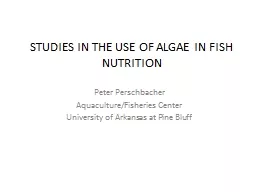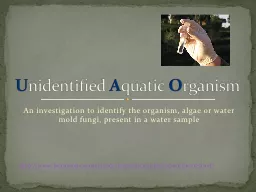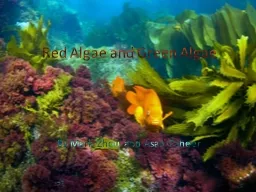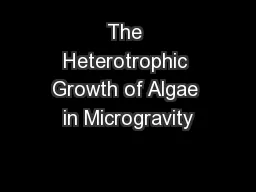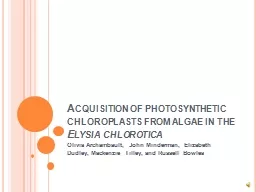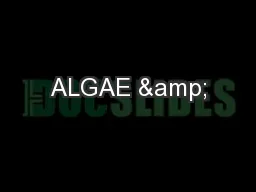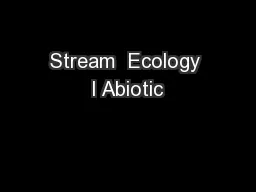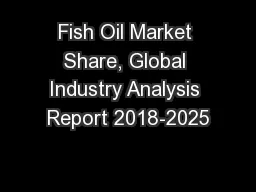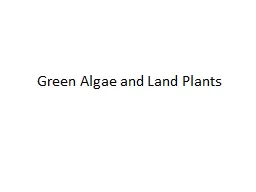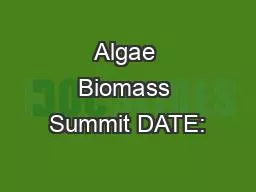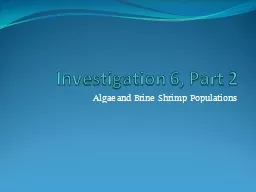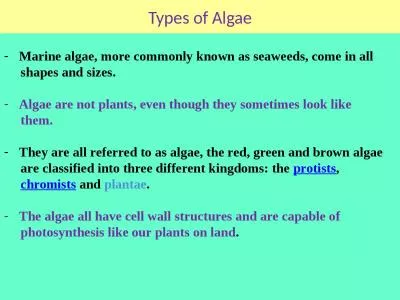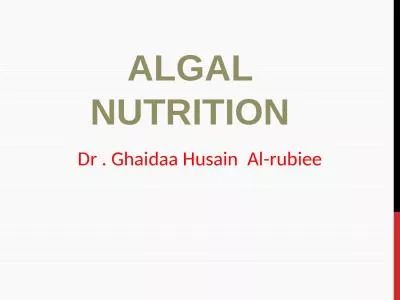PPT-STUDIES IN THE USE OF ALGAE IN FISH NUTRITION
Author : danika-pritchard | Published Date : 2015-09-19
Peter Perschbacher AquacultureFisheries Center University of Arkansas at Pine Bluff Dr Peter W Perschbacher Associate Professor Department of Aquaculture amp Fisheries
Presentation Embed Code
Download Presentation
Download Presentation The PPT/PDF document "STUDIES IN THE USE OF ALGAE IN FISH NUTR..." is the property of its rightful owner. Permission is granted to download and print the materials on this website for personal, non-commercial use only, and to display it on your personal computer provided you do not modify the materials and that you retain all copyright notices contained in the materials. By downloading content from our website, you accept the terms of this agreement.
STUDIES IN THE USE OF ALGAE IN FISH NUTRITION: Transcript
Download Rules Of Document
"STUDIES IN THE USE OF ALGAE IN FISH NUTRITION"The content belongs to its owner. You may download and print it for personal use, without modification, and keep all copyright notices. By downloading, you agree to these terms.
Related Documents

